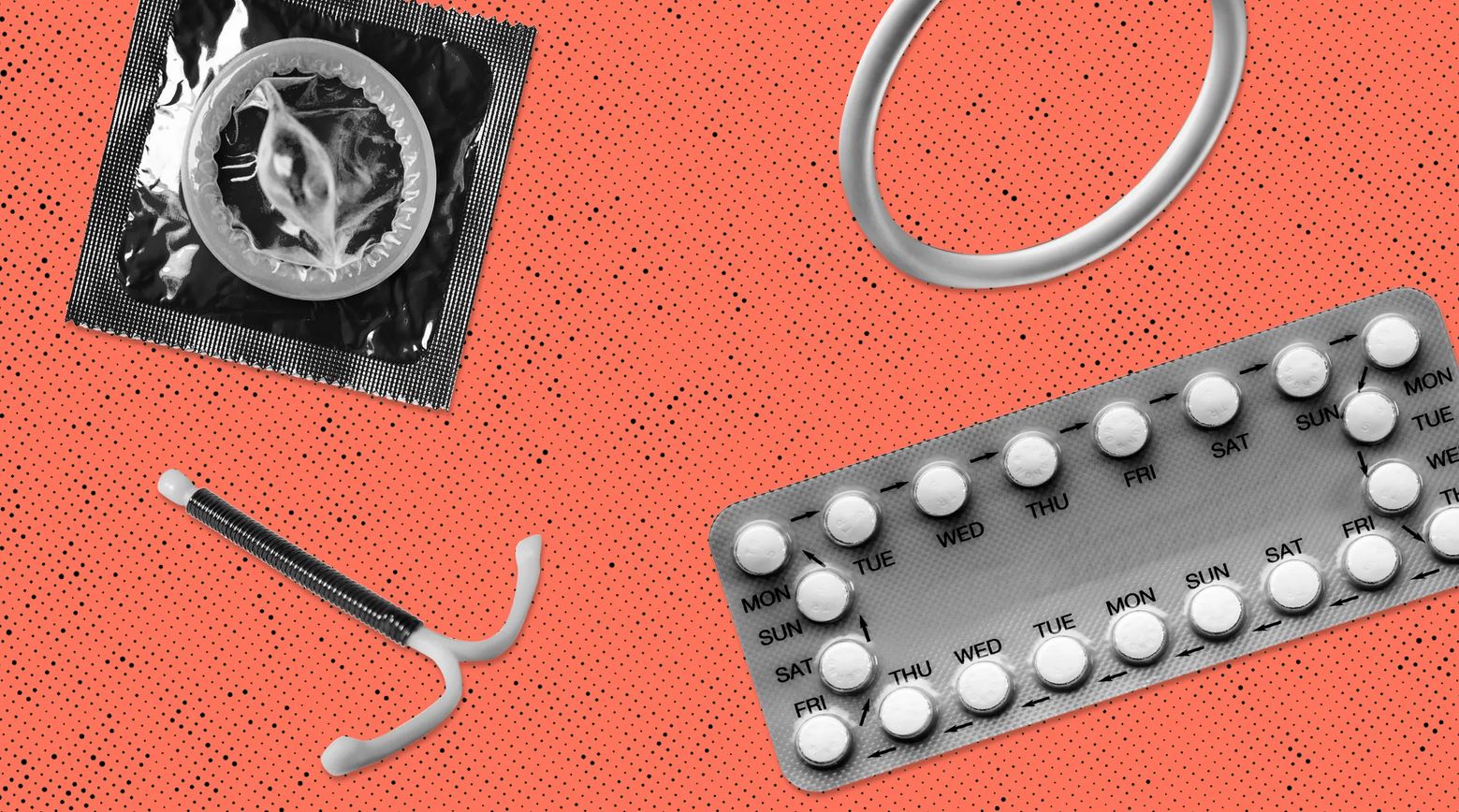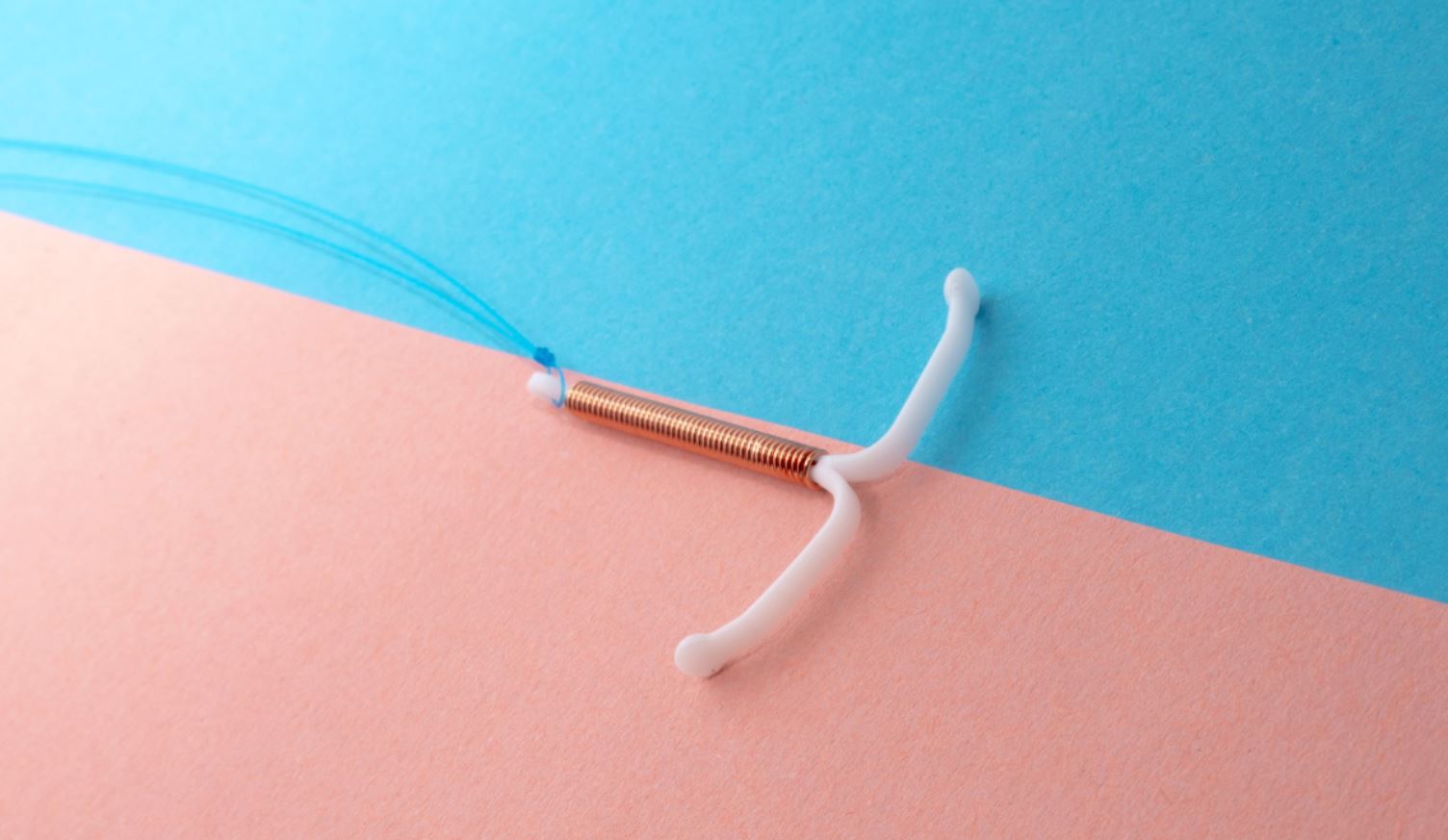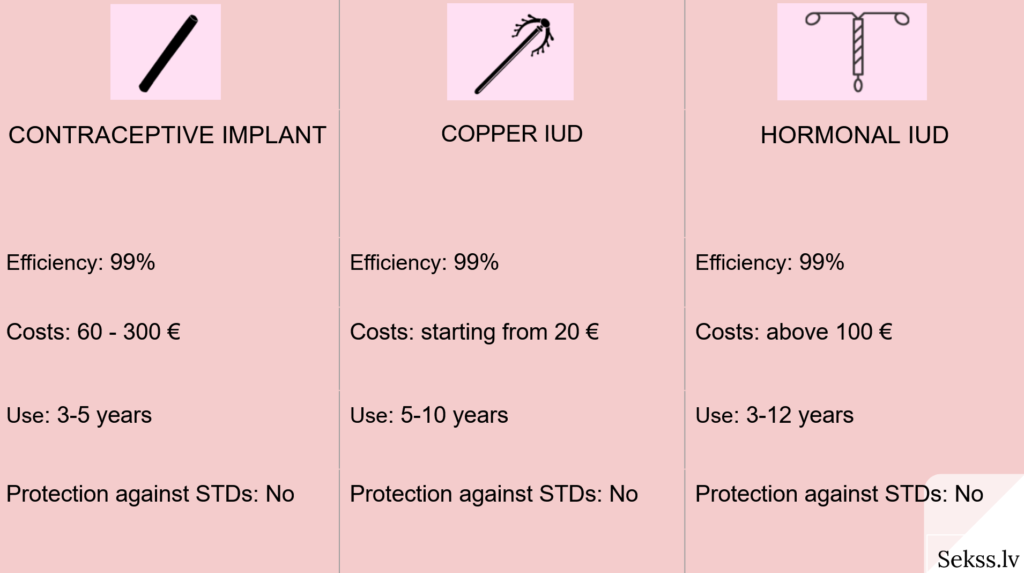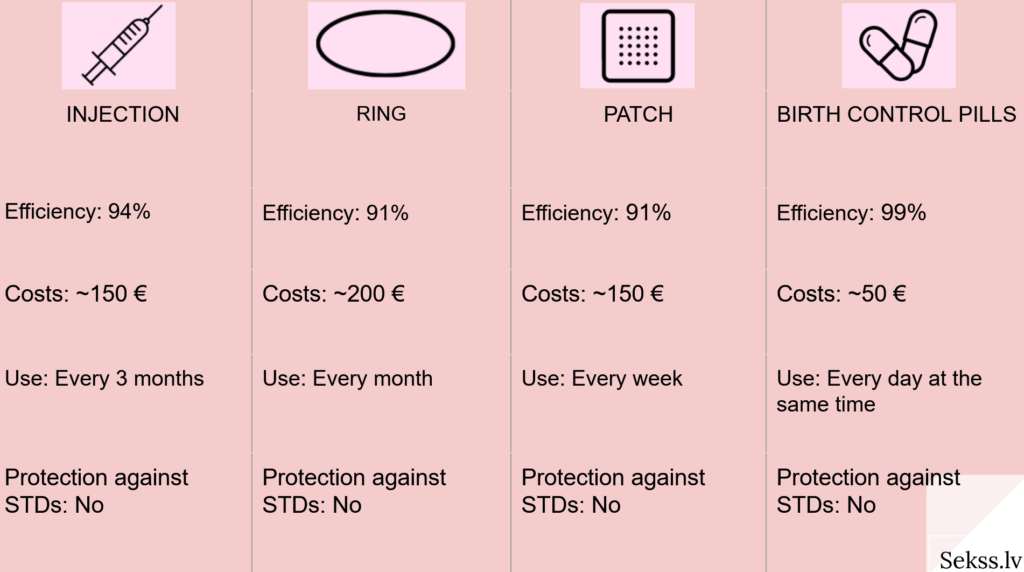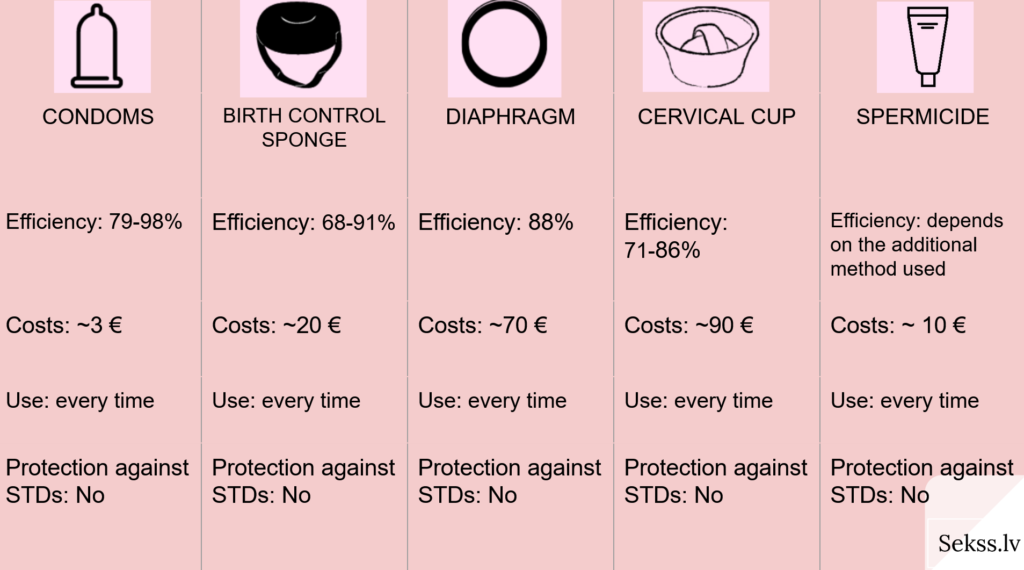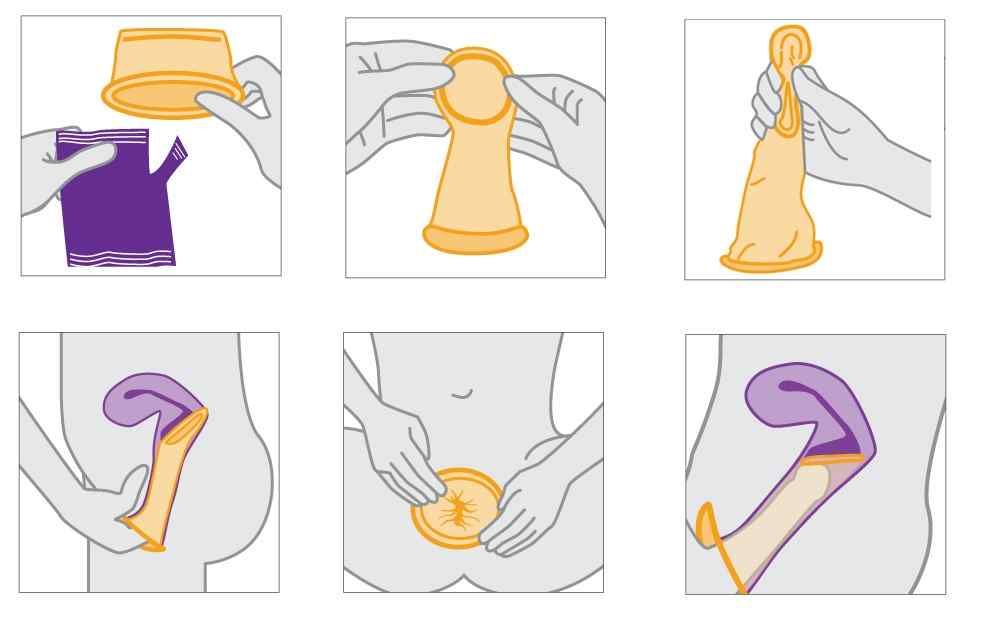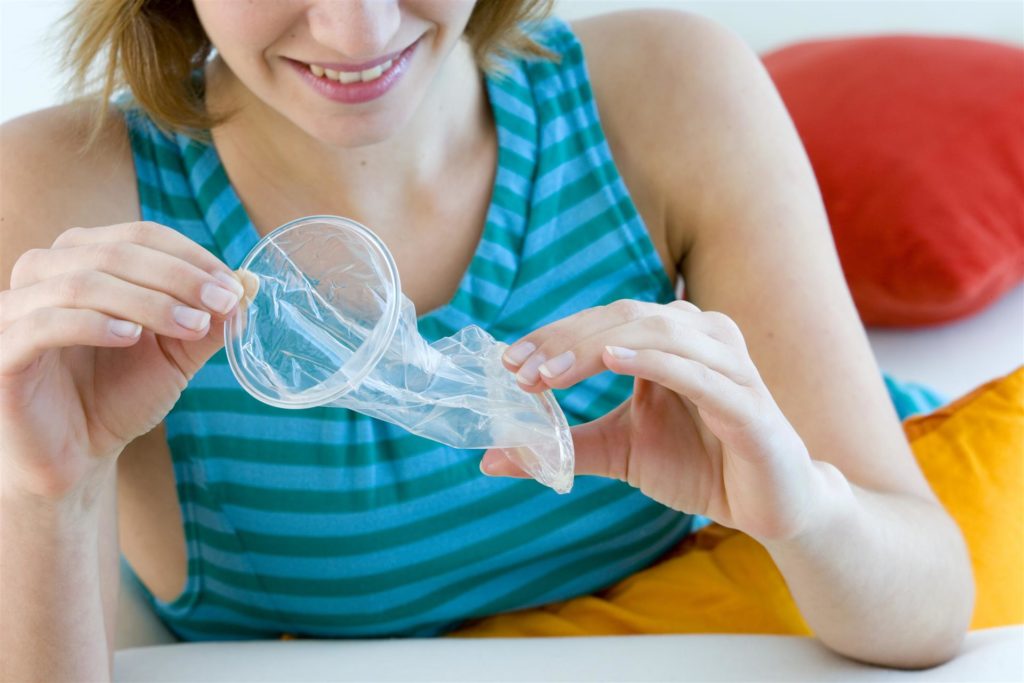Contraception has come a long way since the days of the earliest forms of birth control, such as the use of herbs and animal bladders. Today, there are a wide range of contraceptive options available to individuals, including hormonal methods, barrier methods, and intrauterine devices (IUDs). In recent years, there have been several exciting developments in contraceptive technology that have expanded the options available to people who want to prevent pregnancy. Here are some of the latest developments in contraceptive technology:
- Long-acting reversible contraceptives (LARCs): LARCs are contraceptive methods that are highly effective and require very little maintenance. They include intrauterine devices (IUDs) and contraceptive implants, both of which are inserted into the body and can prevent pregnancy for several years. LARCs have become increasingly popular in recent years, as they are highly effective and do not require daily or weekly attention like other forms of birth control.
- Hormonal IUDs: Hormonal IUDs are a type of LARC that release a low dose of hormone directly into the uterus. These devices can prevent pregnancy for up to five years and are highly effective. In addition to preventing pregnancy, hormonal IUDs can also help to reduce menstrual bleeding and cramping.
- Non-hormonal IUDs: In addition to hormonal IUDs, there are also non-hormonal IUDs available. These devices are made of copper, which is toxic to sperm and prevents fertilization. Non-hormonal IUDs can prevent pregnancy for up to 10 years and do not have any hormonal side effects.
- Contraceptive injections: Injectable contraceptives, such as Depo-Provera, are a highly effective form of birth control that require only one injection every three months. These injections work by preventing ovulation and thickening cervical mucus to prevent sperm from reaching the egg. Injectable contraceptives are easy to use and do not require daily attention like other forms of birth control.
- Male birth control pill: Researchers have been working on developing a male birth control pill for several years, and there have been some promising developments in recent years. A male birth control pill would work by suppressing sperm production, and could be taken daily or weekly. While there are still some challenges to be overcome in the development of a male birth control pill, it is an exciting area of research that could provide a new option for men who want to take control of their reproductive health.
- Fertility awareness-based methods: Fertility awareness-based methods (FABMs) involve tracking a woman’s menstrual cycle and using that information to identify when she is fertile and when she is not. While FABMs have been around for decades, recent advances in technology have made them more effective and user-friendly. There are now several apps and devices available that can help women track their cycles and predict ovulation, making FABMs a more viable option for many women.
In conclusion, there have been several exciting developments in contraceptive technology in recent years, expanding the range of options available to individuals who want to prevent pregnancy. Whether you prefer a long-acting, low-maintenance method like an IUD or contraceptive implant, or a method that requires more active management like a daily pill or fertility awareness-based method, there is a contraceptive option that can meet your needs. It’s important to talk to your healthcare provider about your options and choose a method that is right for you.
- Saikne starp vecumu un erekcijas disfunkciju: kas ir normāli un kas nav
- Randiņi ar erekcijas disfunkciju: pārliecības padomi vīriešiem
- Recepte zāles erektilās disfunkcijas ārstēšanai: kas būtu jāzina?
- Miegs un seksuālā veselība: kāpēc atpūta ir svarīga erekcijai
- Kā pāri var kopā pārvarēt erektilo disfunkciju (ED)
